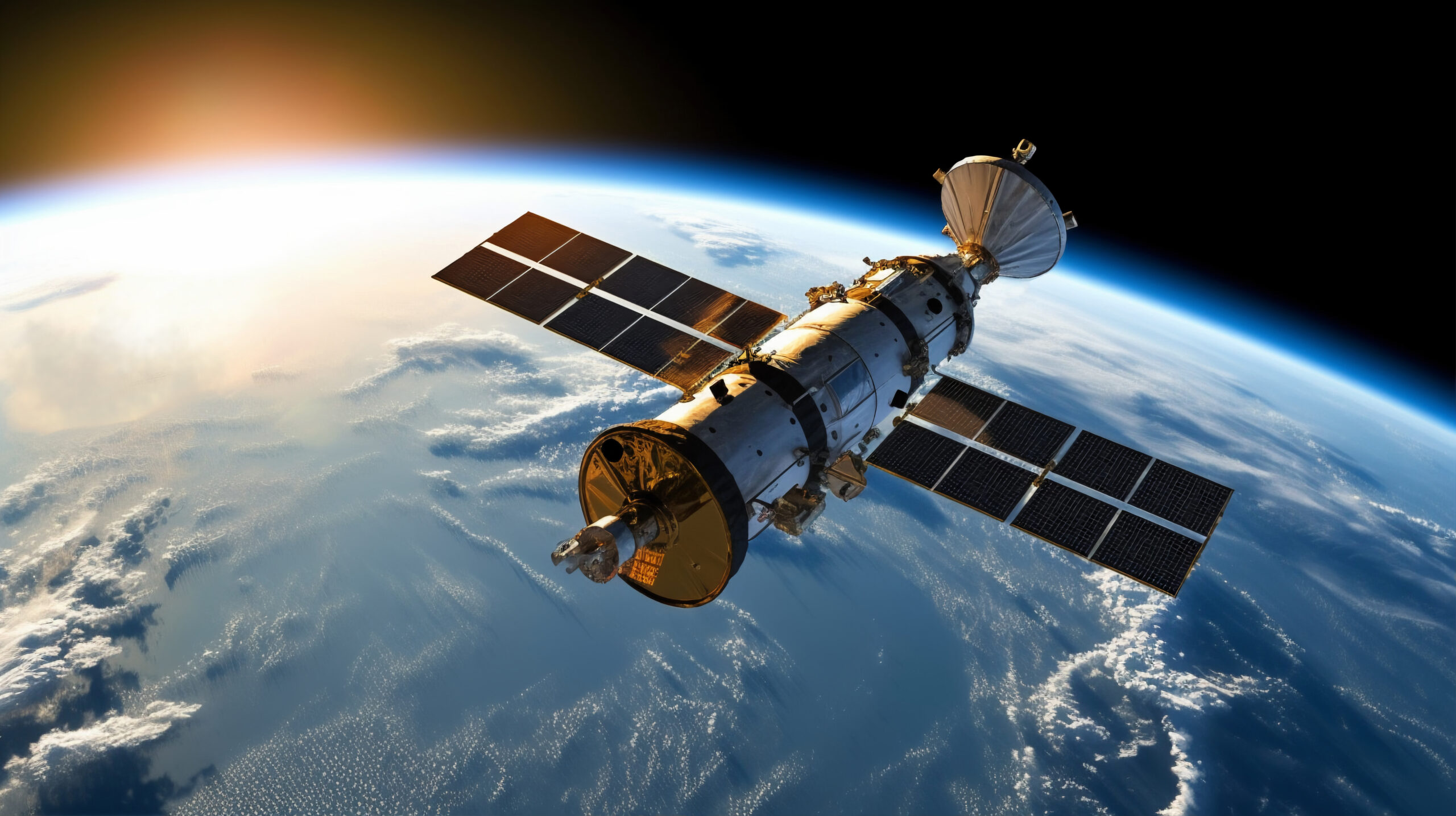Curiosity in Orbit: Takashi Hamazaki’s Journey with JAXA from Earth to Space

“Whether you’re building satellites or designing new medical technologies, curiosity is the spark that drives innovation.”
— Mr. Takashi Hamazaki
Hello readers, and welcome back!
Today, we’re thrilled to share our latest interview featuring Mr. Takashi Hamazaki, a veteran Japanese aerospace engineer at JAXA (Japan Aerospace Exploration Agency). This marks a new chapter in our blog as we venture into the field of aerospace. While most of our past interviews have focused on biomedical engineering and medicine, we’ve also explored broader topics in STEM like innovation and entrepreneurship. This time, we’re literally reaching for the stars—with a deep dive into space development.
🌍 Who is Mr. Takashi Hamazaki?
Mr. Hamazaki is a highly experienced engineer who has played major roles in some of Japan’s most important space development projects, including the Greenhouse Gases Observing Satellite (GOSAT), the Advanced Land Observation Satellite (ALOS), and the International Space Station Program (ISS).
So, how do we know him? Good question. Mr. Hamazaki happens to be a longtime friend of my uncle—they’ve known each other since high school. At the start of our interview, Mr. Hamazaki fondly recalled a visit to my uncle’s house, where he noticed my mom—then just a little girl—peeking curiously into the room to see what the group of laughing boys was up to. It was a sweet reminder of how deep and long-lasting middle school friendships can be.
🌍 A Quick Sketch of His Journey
At the beginning of our conversation, Mr. Hamazaki shared a brief overview of his career:
- Inspired by watching the Apollo 11 moon landing live on TV in 1969 at the age of 15
- Studied aircraft engineering at the University of Tokyo
- Joined the National Space Development Agency of Japan (now JAXA) after completing his master’s degree
- Started his career in planning and coordination before moving into hands-on work with Earth observation satellites
- Served as project manager for GOSAT, contributing to the observation of greenhouse gases, and as sub-project manager for ALOS, driving innovation in satellite technology
- Led key projects—including the International Space Station (ISS) Program—after being appointed as executive director
- After retiring from JAXA, joined Warp Space Inc., a startup aiming to commercialize satellite communications, where he continues to pursue new challenges in the space industry
When you look at it this way, it seems that his curiosity as a child naturally led to the development of his career.
🌍 Engineering Principles and Academic Majors
When we asked why he chose aircraft engineering as his college major, Mr. Hamazaki shared a perspective that really resonated with us as students.
He explained that the basic principles of physics are common across all engineering fields, but each discipline applies them differently. For example, during his studies in aircraft engineering, he found it fascinating to learn about how physical principles—like friction and lift—apply concretely to the interaction between air and aircraft surfaces. He also enjoyed the process of integrating that knowledge to design and understand an aircraft as a complex, unified system.
This differs from high school, where everyone studies the same topics regardless of interest. Mr. Hamazaki suggested that when your coursework aligns with your curiosity, learning becomes more meaningful—and even fun.
🌍 The Evolution of an Engineer
Over time, Mr. Hamazaki’s role expanded from hands-on engineering to project management and leadership. He emphasized the importance of balancing technical knowledge with broader responsibilities like risk assessment, safety, and decision-making in massive projects such as the International Space Station (ISS).
Large-scale space development, he explained, is inherently global, requiring collaboration across hundreds of working groups, space agencies, and government bodies.
🌍 Japan’s Role in Global Space Exploration
While we’ve always imagined the U.S. as the key player in space exploration, our interview with Mr. Hamazaki opened our eyes to Japan’s vital role in international space development. In the ISS program, for example, Japan holds roughly one-eighth of the share (excluding Russia’s portion) and contributes by allocating astronauts and managing mission components through a work-sharing system.
Interestingly, participating countries contribute operational commitments—like sending astronauts and developing equipment—instead of direct financial payments. This approach avoids the complications of exchange rates and fosters more sustainable and equitable collaboration. Smart and strategic!
🌍 Private Sector vs. Government Agencies
We also asked Mr. Hamazaki about the rise of private companies like SpaceX. He explained that private enterprises focus on cost-efficiency, often using proven, conventional components to minimize risk. Government agencies like JAXA, on the other hand, are tasked with pushing the limits of what’s possible—taking on high-risk projects to drive innovation.
While the U.S. private sector is currently leading the way in space development, Mr. Hamazaki emphasized that government-funded research plays a critical role in advancing innovation by tackling long-term challenges and pioneering new technologies.
🌍 Bridging Cultures in International Projects
Working across cultures is essential in global projects. Mr. Hamazaki shared stories from his 30 years of international collaboration, highlighting the importance of understanding cultural nuances—especially in language and humor.
To better connect with American colleagues, he even studied joke books and stand-up comedy to better understand their sense of humor. His advice? Be a cultural bridge. The ability to interpret both technical terms and cultural context—especially humor—is a rare but incredibly valuable skill. It’s something we should all keep in mind as the world becomes more interconnected.
🌟 Final Thoughts: Curiosity Fuels Innovation
What struck us most was how Mr. Hamazaki emphasized curiosity as a key to success—even in such large and complex projects. Compared to our previous interviewees, his work spans much larger operations with far more players—across countries, disciplines, and skill levels. And yet, curiosity remains the spark that connects it all.
“Whether you’re building satellites or designing new medical technologies, curiosity is the spark that drives innovation,” he said.
We were surprised—and inspired—that Mr.Hamazaki chose curiosity as the most important message to share with us.
He also reminded us that engineering is constantly evolving. For example, mechanical engineering once focused on watches and precision tools—but now extends to cutting-edge fields like robotics and artificial intelligence.
Thank you for reading to the end! We’ve lined up exciting interviews with Dr. Ron Kahn at Harvard Medical School and Dr. Brian Kim at Icahn School of Medicine at Mount Sinai. If you haven’t subscribed to our blog yet, make sure to do so below.
See you soon!
Thomas & Craig







